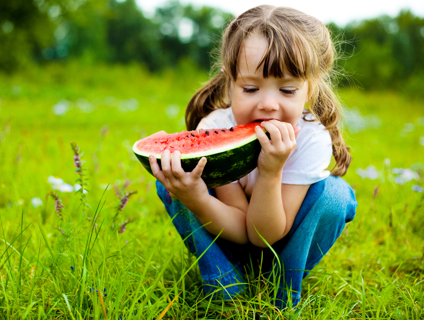
Difference between grains
Grains are categorised into two sub categories, whole grains and refined grains. So, what’s the difference?
By Bio Island Nutrition Team
Grains are a staple around the world. This is due to their high availability and its affordability. What people didn’t know is that grains contain high levels of carbohydrates, protein, fibre, vitamins and minerals and low levels of fat. These key vitamins include iron, magnesium, iodine and b vitamins including folate and thiamine, which in short means it’s amazing for our health. Some benefits according to recent studies about the inclusion of whole grains into a balanced diet include;
- Lower risk of heart disease
- Reduce risk of obesity
- Support a healthy digestive system
- Reduce the risk of type 2 diabetes
- Reduce chronic inflammation
Grains are categorised into two sub categories, whole grains and refined grains. So, what’s the difference?
A whole grain kernel contains three parts the bran, germ and endosperm.
Each layer containing huge amount of nutrients. The bran is the outer layer which contains all the fibre, b vitamins, iron, copper, zinc, magnesium, antioxidants and phytochemicals. The germ is the core of the seed which is high in healthy fats, vitamin E, b vitamins, phytochemicals and antioxidants.
The endo sperm is the interior layer that contains the carbohydrates, protein, and a small number of vitamins and minerals.
Whole grains include;
- Amaranth
- Barley
- Buckwheat
- Corn
- Millet
- Oats
- Quinoa
- Rice
- Rye
- Sorghum
- Teff
- Wheat
- Wild rice
A refined grain is when the grain is processed through a milling system. The milling strips away the bran and the germ so only the endosperm is left.
Without these other two layers this makes the grain easier to chew due to it being less fibrous. Also due to this milling process the bran layer is removed so the shelf life of the grain hugely decreases, meaning that it is then processed so it can be stored for longer. This processing not only lengthens the shelf life, but can also decrease the nutritional value. Some nutrients may be added back by fortification.
So now that we have a general understanding of what the basic types of grains are, we can dig deeper into what ancient grains and modern grains are.
Ancient grains are just a sub category of grains also known as psuedocereals that have not been altered during the selective breeding process or genetically modified, as opposed to more widespread cereals such as corn, rice and modern varieties of wheat which are the product of thousands of years of selective breeding and genetic modification.
These grains are grown just as they were thousands of years ago and often, they have exotic sounding names like teff, millet, amaranth, einkorn, emmer, quinoa, black rice, black barley and spelt. Due to their minimal processing they often contain a richer source of protein, fibre, vitamins and minerals.
Whereas modern grains are the grains that go through selective breeding and genetic modification, which we find all through our supermarkets. They go through this modification process to produce a higher yielding and a lower cost crop.



